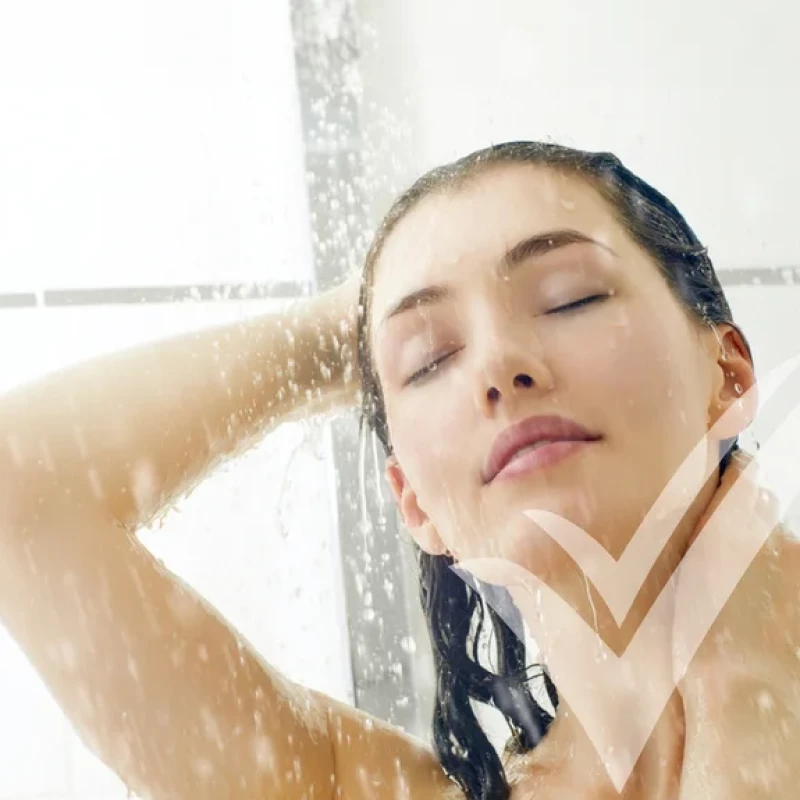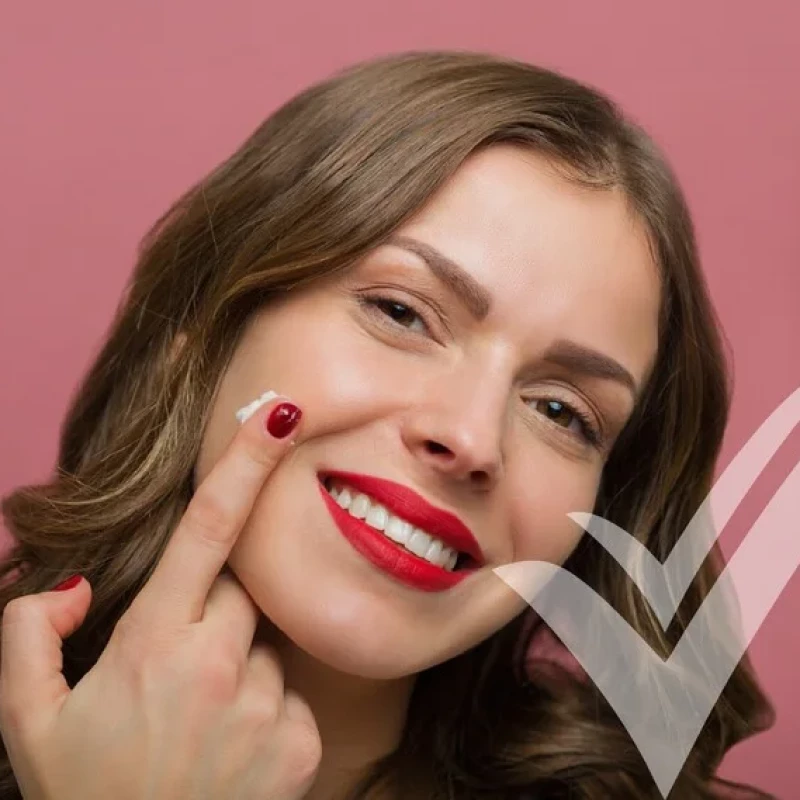Mud mask types
Clay masks are being used since ancient times1. Previously, they were used internally for covering mineral deficiencies and applied externally to treat diseases and skin conditions. Since then, clay masks have come a long way with improved and more sophisticated formulations and various benefits2 for your skin, hair, and other parts of the body. However, if you really want to reap those benefits for your skin, you need to know the different types of clay masks, exactly which one to use, and how to use clay masks. Lucky for you, we’ve gathered all the information for you!
Different Types of Clay Masks
Generally, clays are known for their strong exfoliating and purifying properties. However, depending on which type of clay you use, it can also target other skin concerns and be better suited for certain skin types. These are the main types of clay masks:
-Bentonite Clay
Calcium Bentonite or just Bentonite is a clay that is formed from volcanic ash. This popular clay mainly consists of montmorillonite and is found in many skincare products. It has super absorbing properties that help suck the excess sebum out of your face. It attracts toxins embedded deep into your skin and draws out all impurities for cleaner skin. The clay also produces a tightening effect on the skin.Who Should Use This: People with normal,acne-prone, and oily skin.
- Fuller’s Earth Clay
This is another popular clay that has strong absorbing properties. In fact, it is so absorbent that it is often used in automotive products and litter boxes as well. It is excellent at absorbing excess oil from your face. Moreover, it also has some bleaching properties, which helps with hyperpigmentation, too. Combined with other ingredients like rose water, it also boosts circulation.Who Should Use This: People with normal to oily skin. It is not recommended for people with dry skinas it can further dry out their skin.
-Kaolin Clay
Kaolin clay comes in various colors, the most common being white. This clay is much gentler3 as compared to other types of clay masks. Therefore, rather than being super absorbent, this clay has more of an exfoliating and softening effect. For specific concerns, you can opt for one of its colored varities, such as yellow kaolin, which can help with brightening, and red kaolin, which is good for oily skin.Who Should Use This: People with dry and sensitive skin. People with oily skin can use red kaolin.
-French Green Clay
The French green clay gets its color from its composition consisting majorly of iron oxides and decomposed plant matter. Along with the usual absorbing properties that help you purify your skin, this clay also features some healing properties. Additionally, it boosts circulation and gives you a tingling sensation as well.Who Should Use This: People with oilyand acne-proneskin, people with dry and sensitive skin should only use it once a week.
-Rhassoul Clay
Also known as Moroccan red clay, this clay is fantastic for detoxifying your skin. It not only absorbs the oil but also pulls out other toxins, impurities, blackheads, etc., for cleaner-looking skin. Moreover, it also has some has hydrating properties as well.Who Should Use This: People with oily and acne-proneskin, people with aging skin.
How to Use Clay Masks?
Using clay masks isn’t complex but if you want the best results, follow these steps4.
1. Start with clean hands and a clean face.
2. Exfoliateyour face to allow the mask to properly penetrate your pores.
3. Apply a thin and even layer of the mask on your face using a brush or spatula.
4. Leave it on for 5 to 10 minutes or till the mask starts to dry (don’t let it dry completely!).
5. Use a soft washcloth soaked in lukewarm water to gently wipe away the mask in a circular motion.
6. Lastly, apply a moisturizer.
Final Thoughts
Because of their strong absorbing qualities, using clay masks is ideal for people with oily andacne-proneskin. The masks can draw out the excess sebum and impurities deep within the skin to clear out your pores and promote healthy skin.However, this is only possible when you know which clay mask is best for you and the right way to use one. Moreover, whenever you incorporate a new product into your routine, make sure you do a patch test first!
Referance
Moosavi, M. (2017). Bentonite clay as a natural remedy: A brief review. Iranian Journal of Public Health, 46(9), 1176–1183.
Yetman, D. (2020, June 4). Clay mask benefits for your skin and hair, and how to use them. Retrieved January 31, 2021, from Healthline.com.
Clay masks 101: How to pick the right clay for your skin and how to apply it properly. (n.d.). Retrieved January 31, 2021, from Buro247.
How to find the right Clay Mask for your skin type. (n.d.). Retrieved January 31, 2021, from Lorealparisusa.com.


